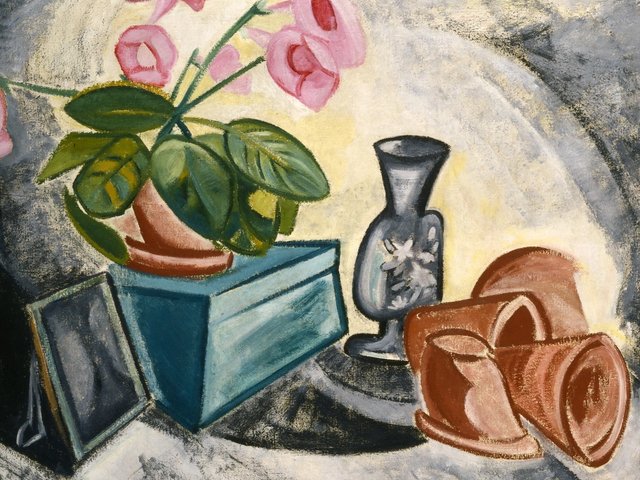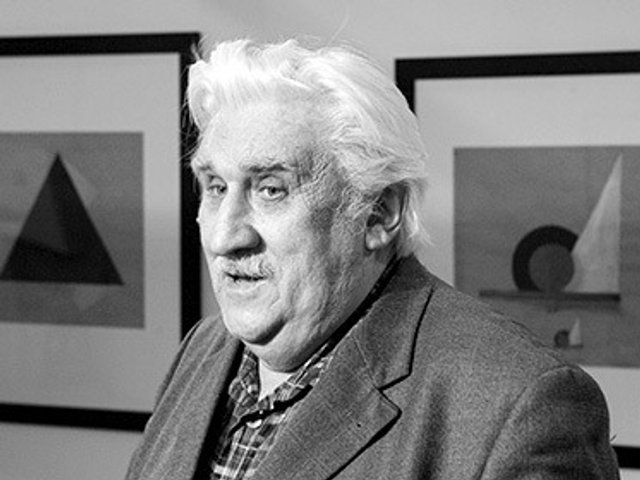Ernst Neizvestny, an artist and sculptor who famously stood up against Nikita Khrushchev’s denunciation of his art as “degenerate”—and was later commissioned by the deposed Soviet leader’s family to design his tombstone—died in New York on Tuesday, 9 August. He was 91.
At a 1962 exhibition of avant-garde art at Moscow’s Manege exhibition hall, Khruschev derided the works on show with undisguised disdain as “dog shit”. He asked Neizvestny of his sculptures: “Why do you disfigure the faces of Soviet people?” Although the artist firmly defended his work, Khrushchev’s comments signalled an end to the cultural thaw he started after the death of Joseph Stalin.
However, when Khrushchev died in 1971 (following his ouster in 1964), his family asked Neizvestny to design a tombstone for his grave at Moscow’s Novodevichy Cemetery. The sculptor created a bust of Khrushchev starkly surrounded with black marble slabs on one side, and white on the other, symbolising the premier’s good and bad sides. “We chose Ernst because my father had great respect for him,” Khushchev’s son, Sergei, told Western reporters when the monument was installed in 1974, according to the New York Times.
Neizvestny, who was born in Sverdlovsk in 1925 and was a decorated veteran of the Second World War, created powerful graphic art and paintings in addition to the sculptures he became known for. He emigrated to the US in 1976 and lived on Shelter Island in New York. His sculptures can now be found around the world, including Great Centaur outside the United Nations’ European headquarters in Geneva and Lotus Blossom at the Aswan Dam in Egypt. And his work once again filled the Manege hall, in a retrospective held there earlier this year.




